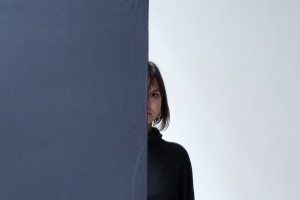How do sculptors understand themselves and how is sculpture perceived on the cultural scene of today’s Romania ? Even if marked by the aesthetic transformations of the last more than twenty years as any other visual genre, sculpture seems a little bit out of the public attention, if it is not about monuments of a debatable taste ordered by the political power in place. More determined by its material conditioning and by its apparently “atemporal” link to space, sculpture seems to have developed a tortuous, even tensioned relation cu modernism and postmodernism. Nevertheless, after the years 1965-1989, a period which gave several important names to this medium, Romanian sculpture has evolved and transformed itself constantly, and new names and provocative formulae have appeared, of which this issue of Revista ARTA intends to offer testimony.
In the first chapter of the issue, the texts of the dossier coordinated by Adriana Oprea set themselves intentionally under a more restrained, “implosive” definition, that of modernist sculpture and of its continuation up to the present by several new and strong names. In the second chapter, this perspective is completed by an enlarged, “expanded” definition of sculpture, in the sense given by Rosalind Krauss to this sintagm. An art inquiry sums up the opinions of twelve Romanian sculptors about their production in the last more than twenty years; to this the answers of several sculptors of Romanian origin living abroad are added. The “explosive” sense of contemporary sculpture is also illustrated by several examples of Romanian art galleries focused on sculptures and by several examples of curatorial projects that tackle new ways, more circumstantial and temporary, of placing sculptural objects in the public space.
Even if it only re-opens the taste for an artistic medium which is more disvantaged than others by the economic and political crises of today, I thing this issue of Revista ARTA proves, even if succintly, that sculpture remains a major genre in the contemporary art of Brancusi s original country.
Magda Cârneci, Editor-in-chief
POSTED BY
Cristina Bogdan
Founder and editor-in-chief, between 2014-19, of the online edition of Revista ARTA. Co-founder of East Art Mags, a network of contemporary art magazines from eastern and Central Europe. Runs ODD, a s...
www.evenweb.org